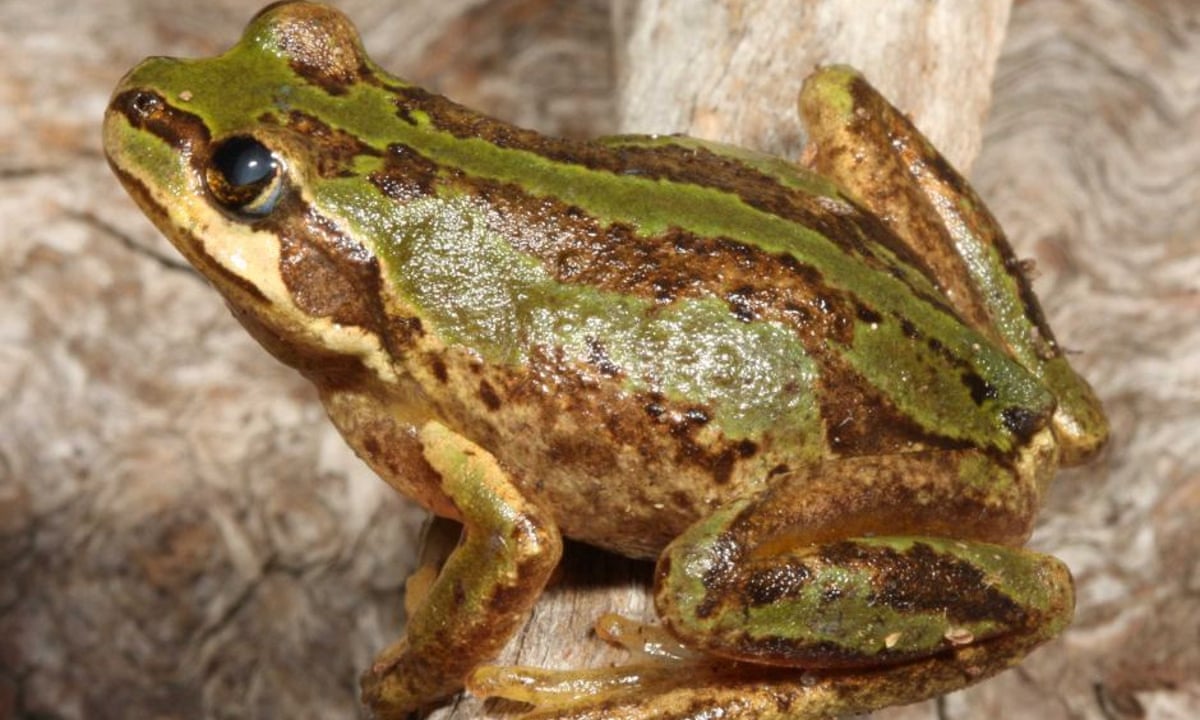In the case of the mink frog whose current southern limit lies about 150 kilometers north of Ithaca the warmer climate could quickly push that limit northward shrinking the creatures range. Buying back water licences under the NSW These frogs breed after flooding or a sudden RiverBank program to increase environmental flows rise in water levels.
 Amphibians And Climate Change Inside Ecology
Amphibians And Climate Change Inside Ecology
Frogs are known to be at a high risk from climate change because they are ectotherms animals with a body temperature regulated by their environment.

How does climate change affect frogs. Some scientists have argued that the the frogs tropical mountain habitats have been made more welcoming to the fungus by climate change which has promoted the formation of clouds that lower daytime temperatures and raise nighttime temperatures removing the extreme temperatures that may have previously kept the fungus in check. Frogs are disappearing globally and the studies examine why some survive while others perish. Our main objectives were to verify the effect of climate change on distribution of frogs of the family Ceratophryidae and if the legal protection areas in South America will be effective or ineffective in ensuring the preservation of the toads this family in coming decades.
If frogs were suddenly moved from the hot temperature to the cooler temperature they. Scientists found that when temperatures vary. Warmer temperatures are also increasingly leading to tree death caused by disease drought conditions and an upsurge in the number and severity of forest fires.
Climate change affects the ability of plant species to sequester carbon turning carbon sinks into carbon sources. A study conducted by Michael F Benard assistant professor of biology at Case Western Reserve University in the US examined important life events of more than 50000 wood frogs. Changes in rainfall affect breeding.
Changes in climate and land use are expected to reduce the livable area for tropical frogs because these species will increasingly encounter temperatures hot enough to harm. Shrinking heads hypothesis - How do forested headwater streams respond to. A paper published in Global Change Biology modeling the frogs response to climate change throughout the United States and Canada found that southern populations of the species would be most affected by warming.
A deadly frog disease is spreading due to warmer temperatures and in. Its the boiling frog effect an urban legend about an experiment that involves putting a frog in a pot of boiling water where it quickly jumps out. Wood frogs Lithobates sylvaticus can survive freezing solid in the winter but they may have a harder time facing warmer temperatures brought on by climate change.
The results showed that as climate change makes winters warmer frogs breed earlier and lay fewer eggs. Climate change kills frogs tragically this is one frog story that is not fictitious. Scientists have long suspected that climate change is an important factor in amphibian declines and resource managers are asking whether conservation measures might help species persist or.
More changeable temperatures a consequence of global warming may be helping to abet the threat that a lethal fungal disease poses to frogs. Climate change is having an impact on frogs found in British ponds research suggests. But if its put in a pot of tepid water on a.
This project focuses on examining several of these mechanisms as well as potential management responses including. Amphibians play an important role in ecological systems by eating small creatures including mosquitos and serving as food for larger creatures such as birds and snakes. More importantly Rohr looked at how climate fluctuations would affect the frogs ability to fight the fungus.
Climate change is expected to affect amphibians through a number of direct and indirect mechanisms. The results showed that in the last 140000 years species of the family Ceratophryidae expanded and contracted their distribution. The study was done over a period of seven years by the end of which the winter weather records of those years.
Amphibians that tolerate higher temperatures are likely to fare better in a world affected by climate change disease and habitat loss according to two recent studies from the University of California Davis.